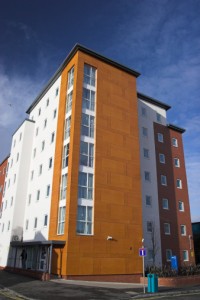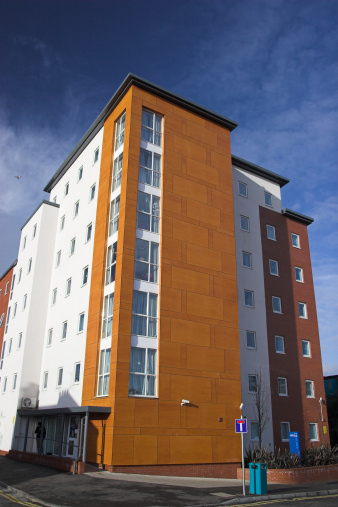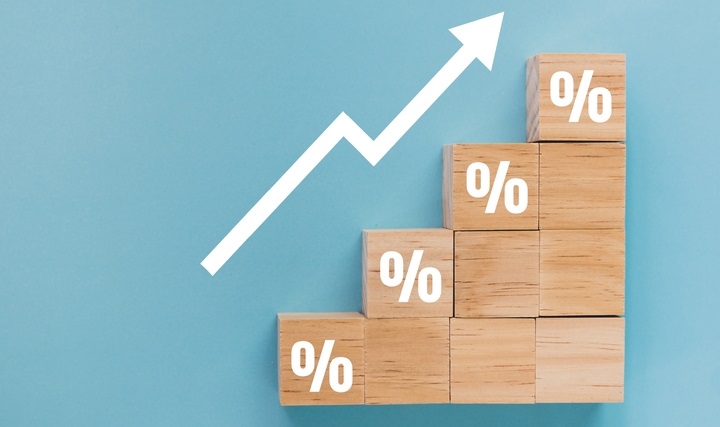As we approach the Queen’s Diamond Jubilee, new research by Halifax has looked at the key developments in the UK housing market over the past 60 years. The analysis starts a year before the coronation of Queen Elizabeth II at a time when the country was recovering from World War II and some rationing was […]
 As we approach the Queen’s Diamond Jubilee, new research by Halifax has looked at the key developments in the UK housing market over the past 60 years.
As we approach the Queen’s Diamond Jubilee, new research by Halifax has looked at the key developments in the UK housing market over the past 60 years.
The analysis starts a year before the coronation of Queen Elizabeth II at a time when the country was recovering from World War II and some rationing was still in place.
Martin Ellis, housing economist at Halifax, said: “The UK housing market has undergone some extraordinary changes over the last 60 years, reflecting the changing way we live our lives. Today, the typical UK household is very different compared with the 1950s following the substantial growth in home ownership and the shift towards single occupancy households.”
“The quality of our homes has improved markedly. House prices, however, have become prone to pronounced swings over the past 40 years and the rapid decline in the number of homes being built since the 1950s has contributed to the demand-supply imbalance that has characterised the UK housing market in recent years. This is likely to continue to play an important role in determining the landscape of the UK housing market over the coming years.”
House prices across the UK have nearly trebled over the past 60 years, increasing by an average of 186 per cent in real terms. Prices have risen at an average annual rate of 1.8 per cent, slightly faster than the 1.6 per cent per annum average rise in real earnings over the period.
House prices in the 1980s recorded their biggest increase with a real rise of 42 per cent between 1981 and 1991; greater than the increase of 30 per cent over the last ten years. The worst performing decade was the 1950s when house prices declined by seven per cent in real terms.
The UK housing market has become highly cyclical since the 1970s. Notwithstanding the decline in the 1950s, house prices were relatively stable in the 20 years to 1971 with annual growth averaging just below one per cent (0.9 per cent). There have since been four periods of rapid real house price growth: 1971-73, 1977-80, 1985-89 and 1998-2007. Each period was succeeded by a substantial drop in real house prices. The most recent housing boom – which lasted ten years – was by far the longest period of rapidly rising house prices.
House prices have been the highest in relation to people’s earnings over the last ten years. House prices averaged 4.8 as a multiple of gross annual average earnings between 2001 and 2011, peaking at the highest level in the past 60 years at 5.8 in 2007. This compared with the average ratio of 3.9 since 1951. Property values were lowest in relation to earnings in the 1990s when the average house price to earnings ratio was 3.4.














